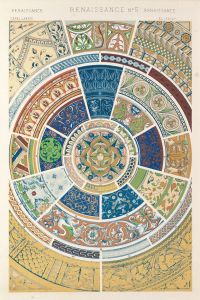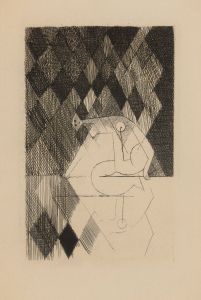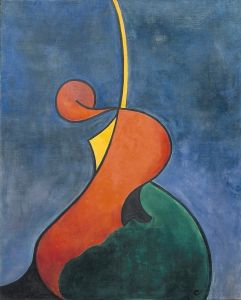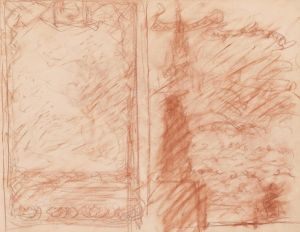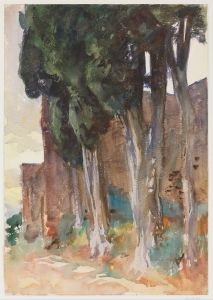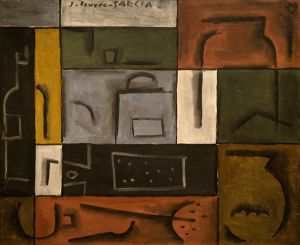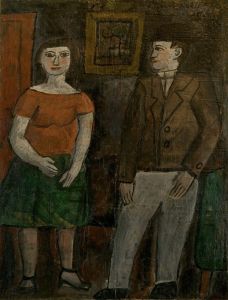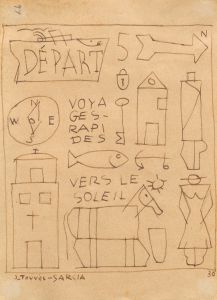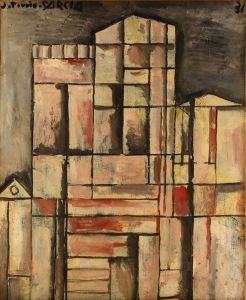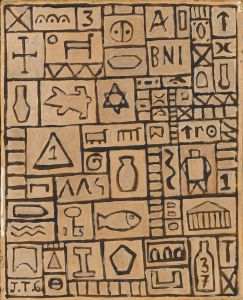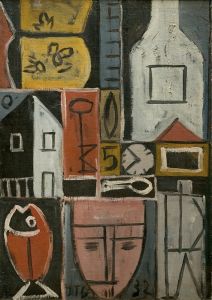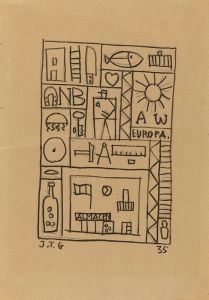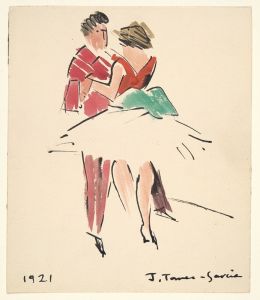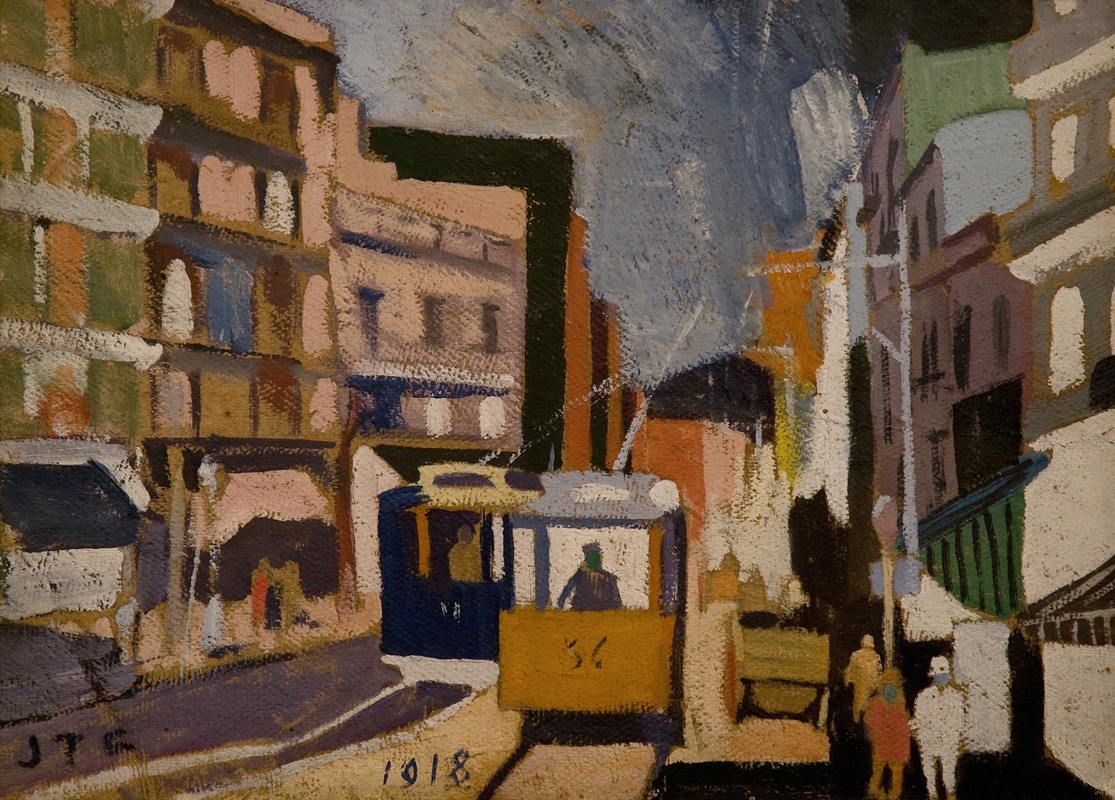
Paisaje de ciudad
A hand-painted replica of Joaquín Torres-García’s masterpiece Paisaje de ciudad, meticulously crafted by professional artists to capture the true essence of the original. Each piece is created with museum-quality canvas and rare mineral pigments, carefully painted by experienced artists with delicate brushstrokes and rich, layered colors to perfectly recreate the texture of the original artwork. Unlike machine-printed reproductions, this hand-painted version brings the painting to life, infused with the artist’s emotions and skill in every stroke. Whether for personal collection or home decoration, it instantly elevates the artistic atmosphere of any space.
Joaquín Torres-García was a prominent Uruguayan artist known for his contributions to modern art in the early 20th century. He was a central figure in the development of Constructivism and is celebrated for his unique style that combined elements of European avant-garde movements with Latin American cultural themes. One of his notable works is "Paisaje de ciudad" (City Landscape), which exemplifies his artistic philosophy and innovative approach to painting.
"Paisaje de ciudad" is a painting that reflects Torres-García's interest in urban landscapes and his commitment to creating a universal visual language. The painting is characterized by its use of geometric forms and a grid-like structure, which are hallmarks of his Constructivist style. This approach was influenced by his time in Europe, where he was exposed to various modernist movements, including Cubism and Neoplasticism. Torres-García sought to synthesize these influences with his own ideas, resulting in a distinctive style that he referred to as "Universal Constructivism."
The painting features a cityscape that is abstracted into a series of interlocking shapes and lines. This abstraction is not merely an aesthetic choice but is rooted in Torres-García's belief in the symbolic power of geometric forms. He viewed these forms as a means to express universal truths and to connect with a broader human experience. In "Paisaje de ciudad," the city is not depicted in a realistic manner but is instead transformed into a symbolic representation of urban life.
Torres-García's use of a limited color palette in "Paisaje de ciudad" further emphasizes the structural elements of the composition. The muted tones and earthy colors are typical of his work and serve to highlight the interplay of shapes and lines. This restrained use of color also reflects his interest in creating a timeless and harmonious visual language that transcends cultural and geographical boundaries.
Throughout his career, Torres-García was deeply influenced by his travels and the various cultural contexts he encountered. Born in Montevideo, Uruguay, he spent significant periods of his life in Spain, France, and the United States. These experiences enriched his artistic vision and informed his approach to painting. "Paisaje de ciudad" can be seen as a culmination of these influences, blending elements of European modernism with a distinctly Latin American sensibility.
In addition to his painting, Torres-García was also an influential theorist and educator. He founded several art schools and movements, including the "Taller Torres-García" in Montevideo, which played a crucial role in the development of modern art in Latin America. His writings and teachings emphasized the importance of creating art that was both modern and rooted in local traditions, a philosophy that is evident in "Paisaje de ciudad."
"Paisaje de ciudad" is a testament to Joaquín Torres-García's innovative spirit and his commitment to exploring new artistic possibilities. The painting not only captures the essence of urban life but also serves as a reflection of the artist's broader vision of art as a universal language. Through his unique blend of abstraction and symbolism, Torres-García left a lasting impact on the art world, influencing generations of artists in Latin America and beyond.





